My experience as an artist has a pretty equal-parts mixture of foundation and invention, and without one, the other just wouldn’t be the same. I credit a healthy dose of observation from life, with a large amount of experimentation and imagination mixed in for carrying my art to where it is currently, and where it will go from here.
OBSERVATION FROM LIFE
Doing studies from life means exercising and practicing in order to gain a better understanding of the subject we’re observing, the tools we’re using, and all of the other elements that come into play in that moment. Truly observing from life is painting and/or drawing in real time – during the actual time we’re observing. The point to the part of the phrase “from life” is that it’s in that moment, from the actual subject or object or scene that we’re observing, and it’s an invaluable asset to our drawing and painting experience, no matter what direction we intend to go in with the knowledge we glean from it.
Observation from life gives us the opportunity to apply what we know (for example, construction, perspective, anatomy, composition) as well as what we observe in our surroundings. It teaches us how to see and what to look for, and solidifies the understanding of what we’re looking at based on what we already know. We can take those opportunities to hone our skills in certain aspects, too. For example, when working from life, we can work in different lighting situations. We are able to observe form by setting up a source of constant lighting indoors or work in inconsistent lighting situations outdoors to broaden the extent of what we know. It’s a means of studying value, color, form, light and shadow, while putting our knowledge of our materials to practice as well. It’s also a way in which to focus on what we’re observing and give it our full attention. Many times, I use the opportunity to work from life as a means of focusing on different aspects of the experience.
Here are a few still life paintings working in different lighting situations, with assorted objects that have varying colors and textured surfaces. There are some paintings here that are longer set-ups of 2-3 hours, and some that are quick sketches. Some are more finished than others, and I’ve used different brushwork for different effects and purposes as well as palette knife application.
Below are a few examples of figure and portrait paintings and drawings from life. The time spent on these varies anywhere from 5-minute quick sketches to 12-hour long poses.
With quick sketches, my focus is usually on the gesture and indication of movement of the pose. It’s important that I’m standing when painting, I’m able to move around and step up and back from the canvas, and that I have full motion of my arm to make quick, long strokes.
With the long poses, the application is much different than quick sketch in that it’s an indirect approach, working in 3-hour increments, and the focus is on keen observation of form, indication of surface texture, and ultimately on the details in the finishing hours. Some of the other paintings here are direct paintings, focusing on color using looser brushwork or tiling, building up the painting in one sitting.
This image comparison below shows Bastien-Lepage’s painting ‘Diogenes’ on the left, and my painting on the right inspired by the Bastien-Lepage painting, done from a model in the same pose.
Below are examples of charcoal drawings from poses ranging from 1 hour to 6 hours, starting with light construction lines and then adding value on the form, with any kind of detail in the end stage of the drawing.
We can also apply these aspects to plein air painting as well as urban sketching. I haven’t included examples of those here in this article, but they are a big part of my experience in observation from life too – maybe another article!
EXPERIMENTATION
Experimenting with different tools, materials, and surfaces helps to not only gain an understanding of those things, but also an understanding of what we’re drawn to or not and why. And whether we’re drawn to something isn’t just about whether we know how to utilize it. That can be part of it, but it also shows us our own personal aesthetic choices and interests, how we treat spontaneous decisions, how we react to the unknown, and how we decide to utilize all of that.
I’ve gotten in the habit of trying new materials pretty frequently. It’s a habit that keeps me on my toes. I’m the kind of person that gets intrigued when I don’t know how something works, and I want to try it out and learn from it. If it’s something that I might not have the means of doing, then I try to see how I might be able to replicate that look by using different materials to do so.
Experimenting gets the wheels in motion, and becomes the thread that weaves aspects of the experiences of drawing, painting, and understanding of one’s self together. In the same vein, so is INVENTION and drawing/sketching and painting from IMAGINATION. It’s a true reflection of who we are and what we know.
WHEN ALL OF THE ABOVE JOINS FORCES
It’s important to have a good understanding of observation from an abstract perspective in order to link all of this together to create what essentially is our own personal voice. Our perception plays a big role in this factor. We are the filter. What we see is different from what someone else sees not only because we are not standing in the same exact place in the room while looking at the still life that is set up on the table to study from (just as an example), but because of our life experiences – in our level of experience as well as in our every day routine and how we’ve lived our lives, what has occurred in our past, what’s in our minds, our thoughts, our memories, etc.
Our understanding of this aspect of observation is important because it’s something we can harness and utilize. Understanding it takes a good deal of paying attention to ourselves – our interests, habits, likes, dislikes. These show us what we know and what we don’t know. What our experiences are and what our opinions and reflections are about those experiences will be the innate quality in our work. It’s unavoidable – so it’s essential to understand ourselves, and not only our differences, but our inherent similarities too. Understanding ourselves should be utilized just the same way a tool we use to paint or draw with is used.
Here (above) is a recent small painting I posted on EveryDayOriginal.com. I’m sharing this because it is a good representation of what I post there, which are a combination of the different aspects I’ve covered above. I’ve been using the opportunity of having these EDO pieces to paint as a small scale means of applying new experiments and combining different aspects of my working methods, what my interests are, and new things I’ve discovered and want to try. I try to combine a bit of experimentation, imagination, and realism in each piece. My larger personal work focuses on this as well, combined with a bit of personal reflection, storytelling, and metaphor.


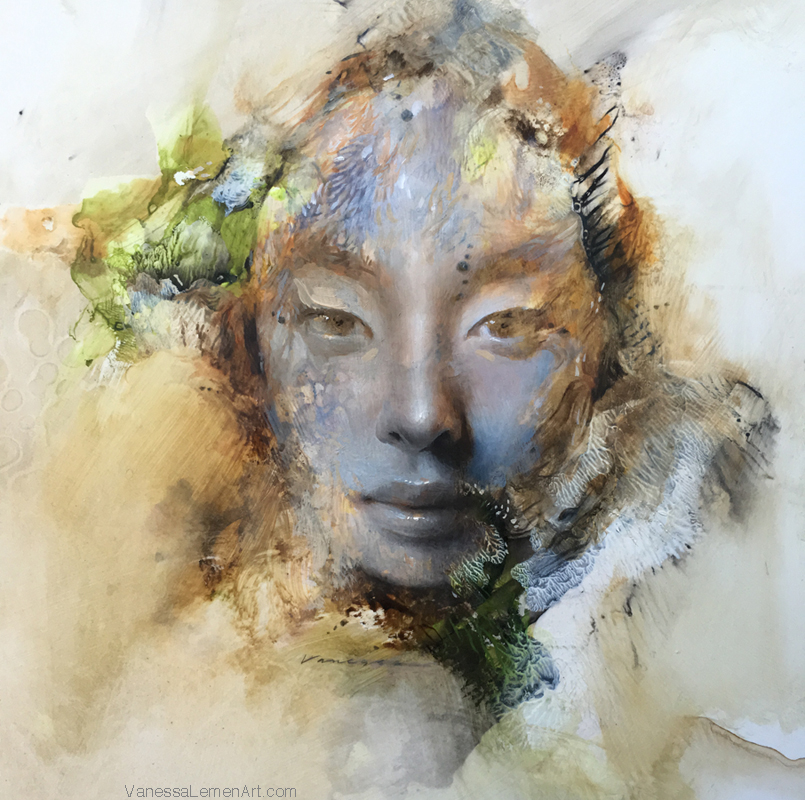
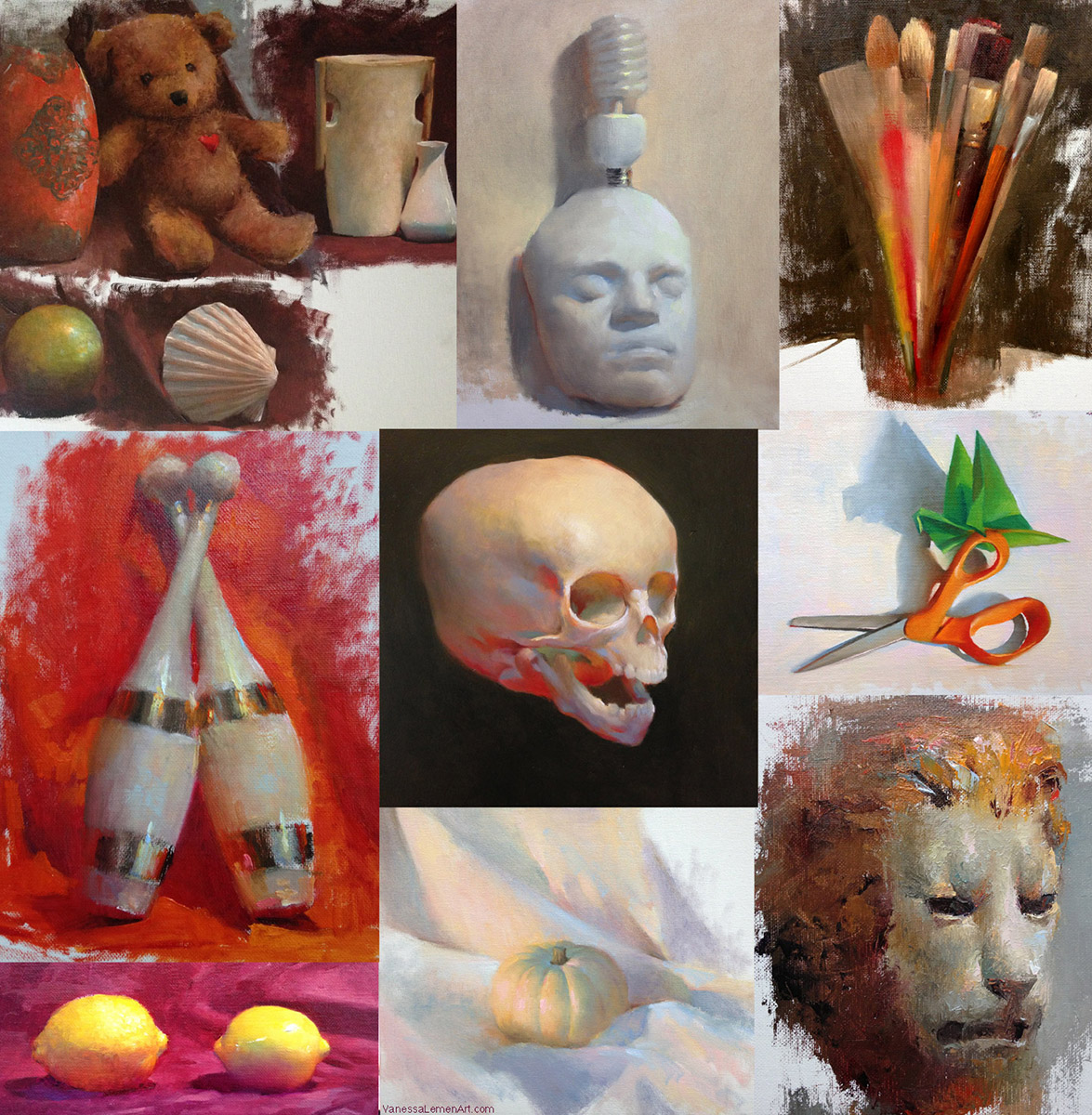
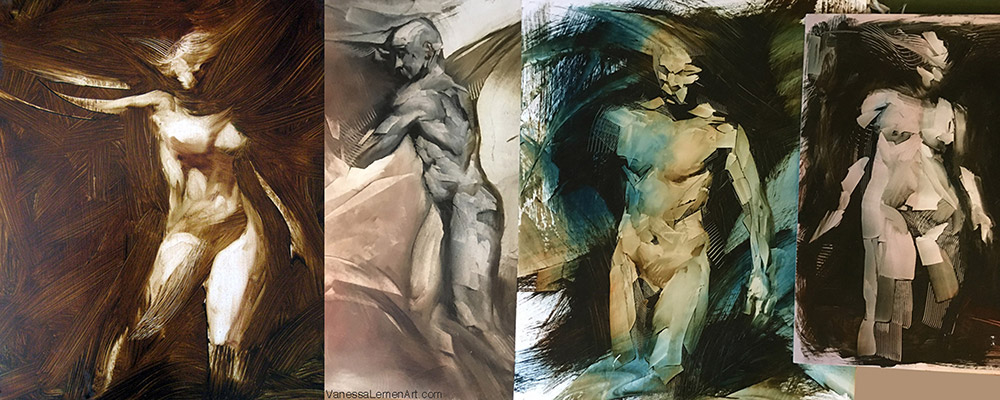
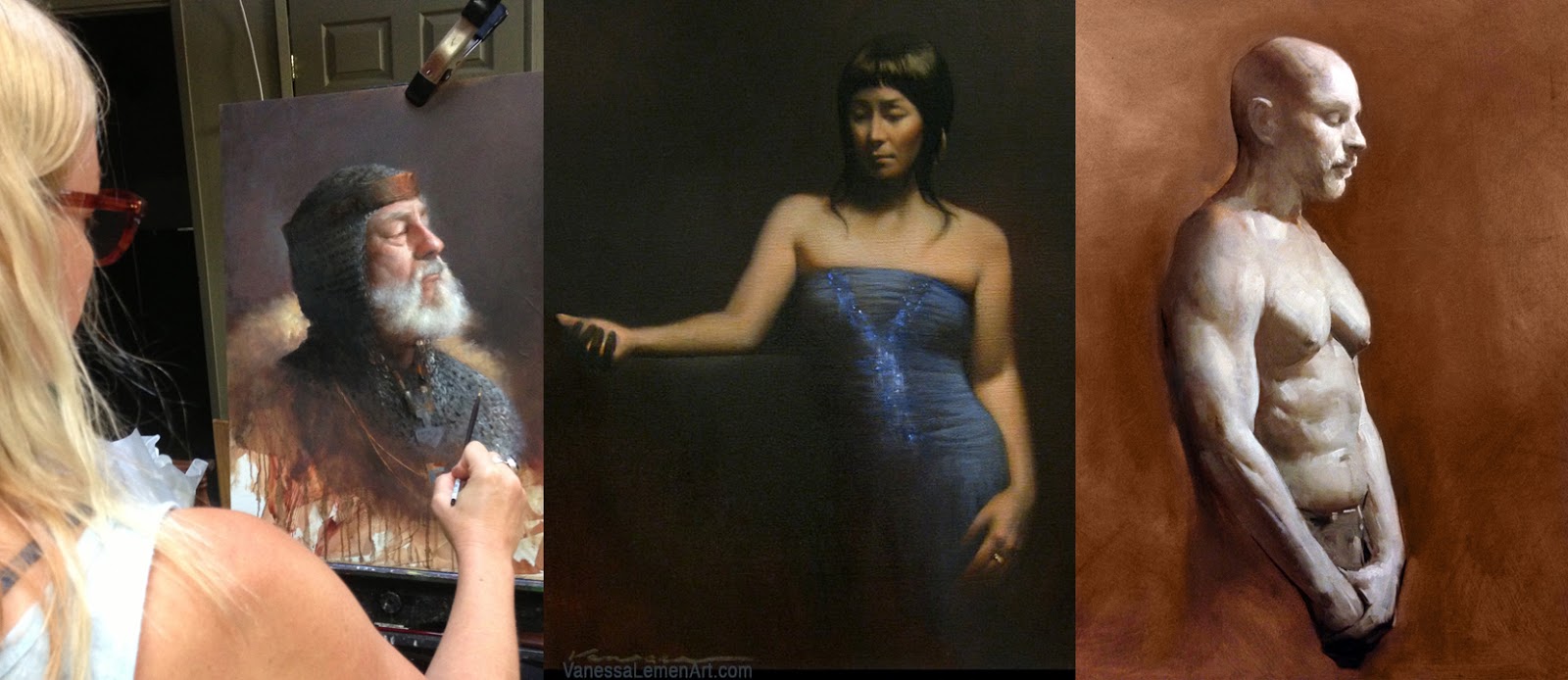
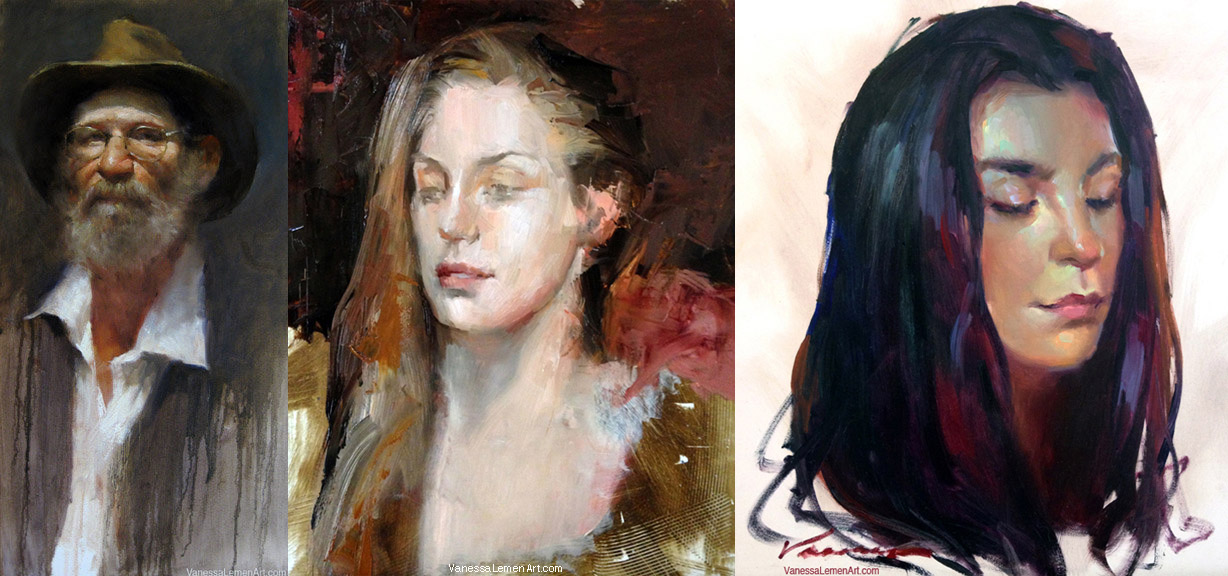
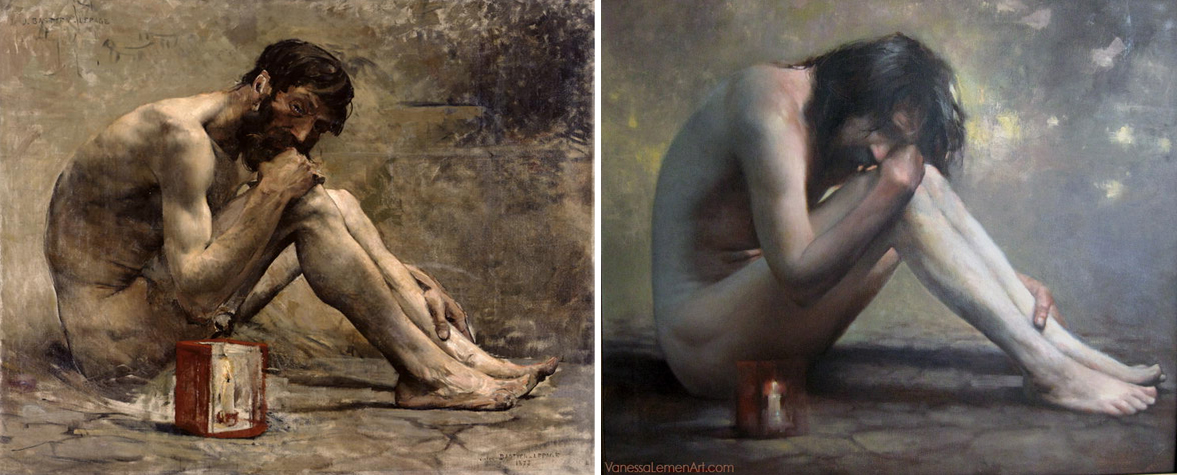

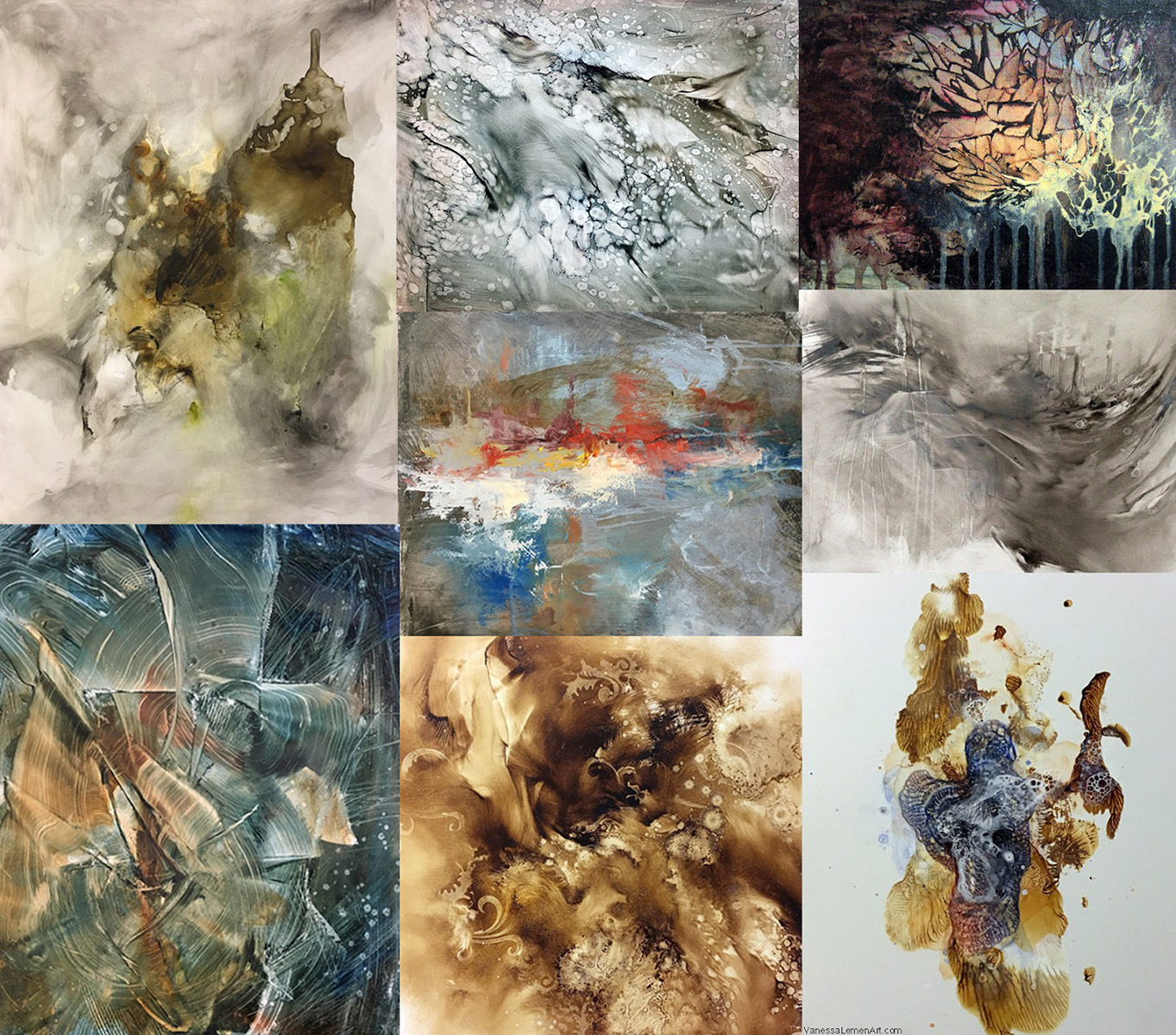
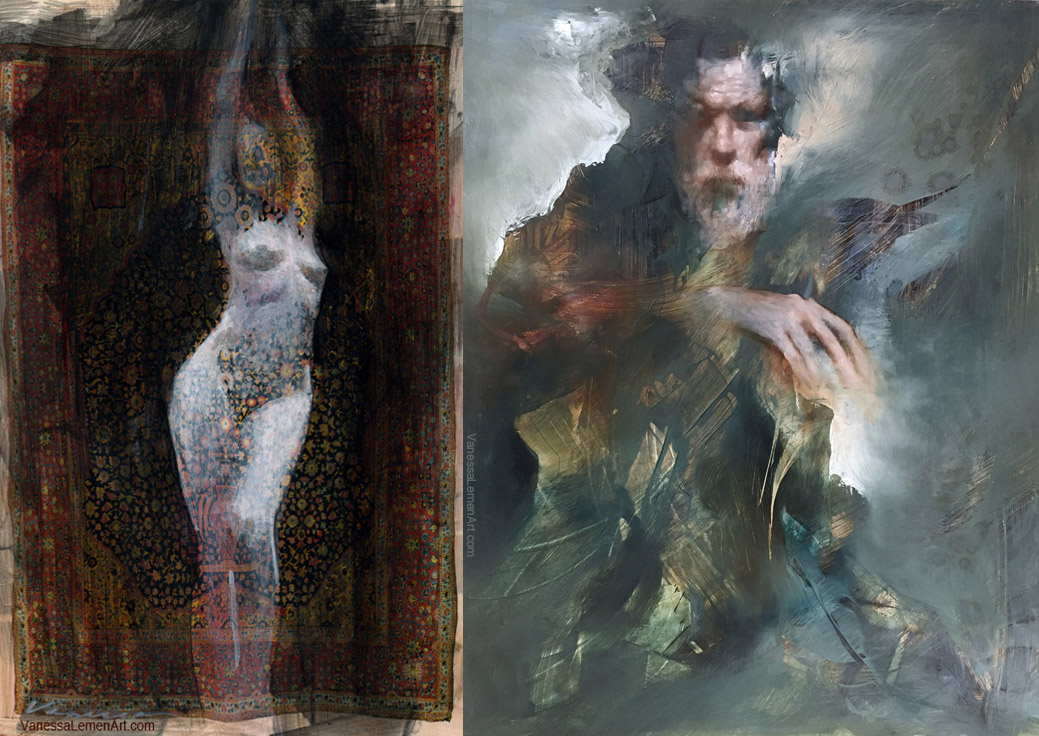
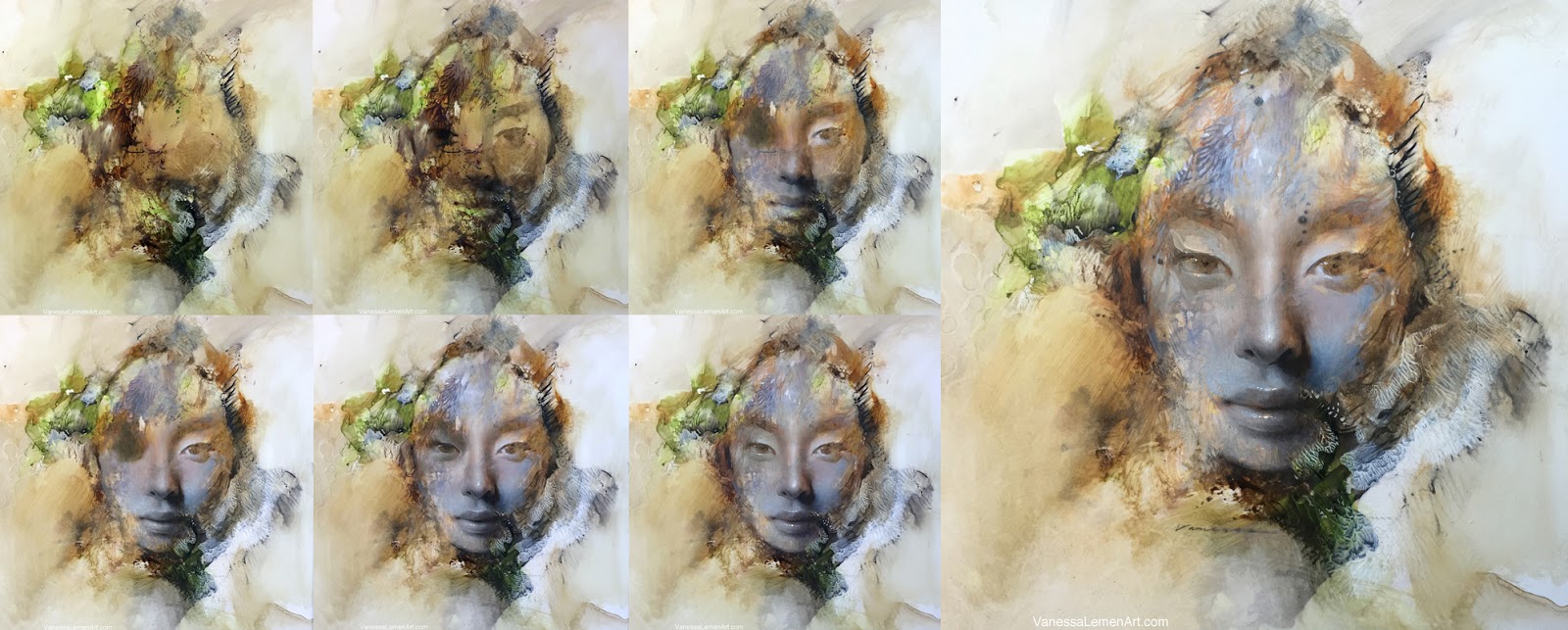

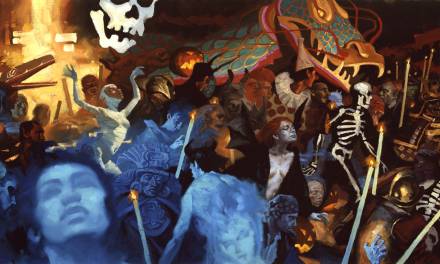

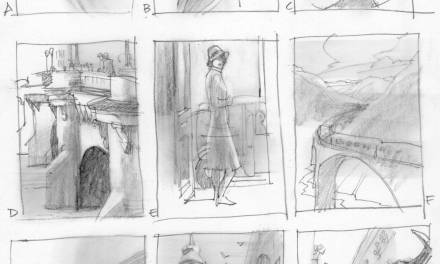

would LOVE to know more details about your experimentations – if you could provide a couple examples with explanations of what you used to get the results….. or things to try… etc.
I've posted a few articles here on Muddy Colors about the textures and mark-making I do. Here are a few:
http://muddycolors.blogspot.com/2017/01/hope-and-experiments.html
http://muddycolors.blogspot.com/2016/08/painting-progression-yuki.html
http://muddycolors.blogspot.com/2016/03/using-unconventional-painting-tools.html
There are a couple more articles that I've posted here on MC that explain progressions and application, but these are a good start at least, and are mostly about texture and experimentation. 🙂